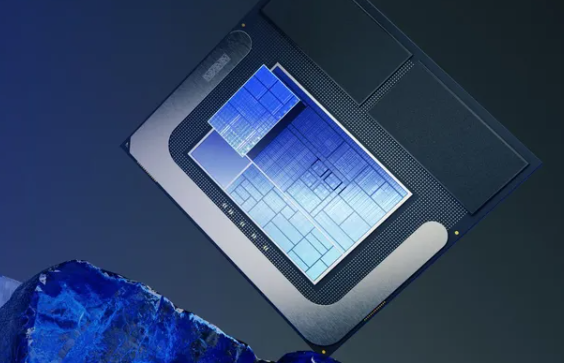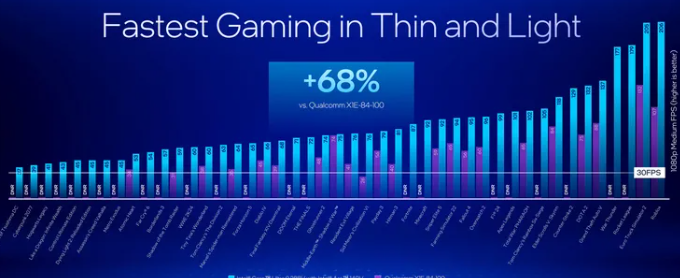Intel officially released the much-anticipated Lunar Lake mobile processor at the IFA conference. This chip is not only Intel's first product to meet Microsoft's Copilot+ performance target, but also has an AI computing power of up to 120TOPS, marking Intel's advancement in mobile processors. An important step has been taken in the field. Among them, Intel's cooperation with TSMC is crucial. TSMC is responsible for Lunar Lake's manufacturing and 3D packaging technology. This is Intel's first cooperation with TSMC in the CPU field, and it also reflects its strategic adjustment in improving chip competitiveness.
At the recent IFA conference, Intel finally launched its highly anticipated Lunar Lake mobile processor. This chip is not only Intel's first product to reach Microsoft's C opilot + performance target, but also provides AI computing power of up to 120TOPS.

Behind all this, the cooperation between Intel and TSMC also played an important role. TSMC is responsible for Lunar Lake's manufacturing and 3D packaging technology.
Intel has long chosen to produce its own chips, but this time they are cooperating with TSMC in the CPU field for the first time. Intel CEO Pat Gelsinger said at the previous financial report meeting that although this move is a temporary measure, it will help improve the competitiveness of its chips, especially before the process technology of its own factories is improved in the future.
Performance-wise, Lunar Lake certainly doesn't disappoint. Intel claims that the clock instructions of the performance core have increased by 14%, and the efficiency core has increased by 68%. At the same time, the new Xe2 graphics processor is about 50% faster than the previous generation Meteor Lake.

In terms of AI performance, Lunar Lake's neural processing unit (NPU) has also made significant progress, able to provide 48TOPS of AI computing power, much higher than Meteor Lake's 11TOPS.
Compared with AMD, Intel said its chips perform similarly on graphics-intensive tasks such as gaming, but consume about 30% less power. Compared with high-end products, Intel's products are 25% higher in performance, while power consumption is only half of Qualcomm's. Still, these performance claims are viewed with caution.
In terms of architectural design, Lunar Lake adopts a simplified chip design, including four performance cores, four efficiency cores and eight GPU cores, as well as packaged memory. It's worth noting that this time Intel abandoned the Hyper-Threading technology it had been using for years.
In addition, Lunar Lake also brings higher energy efficiency. Its system power consumption is reduced by 50% compared with the previous generation. It is said that it can achieve 20 hours of battery life in actual use.
However, Lunar Lake’s LPDDR5 memory needs to be selected in 16GB or 32GB configuration when purchasing. If you need larger capacity in the future, you may have to wait for a while.
Intel has also increased its investment in AI PC in marketing. In addition to its close integration with Microsoft Copilot +, it also stated that it will support running local AI models on Chrome OS. However, users who want to experience features such as Paint’s ocreator or Recall may have to wait until November to enjoy these new features.
Lunar Lake will be available on September 24 in more than 80 computer models from more than 20 manufacturers, including brands such as Dell, HP and Lenovo. For example, Dell's latest XPS13 laptop uses Lunar Lake processors and sells for $1,400. Its battery life has been increased from the previous 18 hours to 26 hours now.
Highlight:
? Intel’s new Lunar Lake processors offer up to 120TOPS of AI computing power and are manufactured in partnership with TSMC.
The performance has been significantly improved, with the core efficiency increased by 68% and power consumption reduced by 30%.
? Lunar Lake will be officially launched on September 24 and supports a variety of AI functions, but some functions will not be available until November.
All in all, Lunar Lake processors demonstrate Intel's technical strength and innovation capabilities in the field of mobile computing with its powerful AI performance, significant performance improvements, and higher energy efficiency. However, the delayed launch of some functions and the limitation of memory capacity also deserve consumers' attention. I believe this processor will make waves in the market and promote the further development of AI PCs.